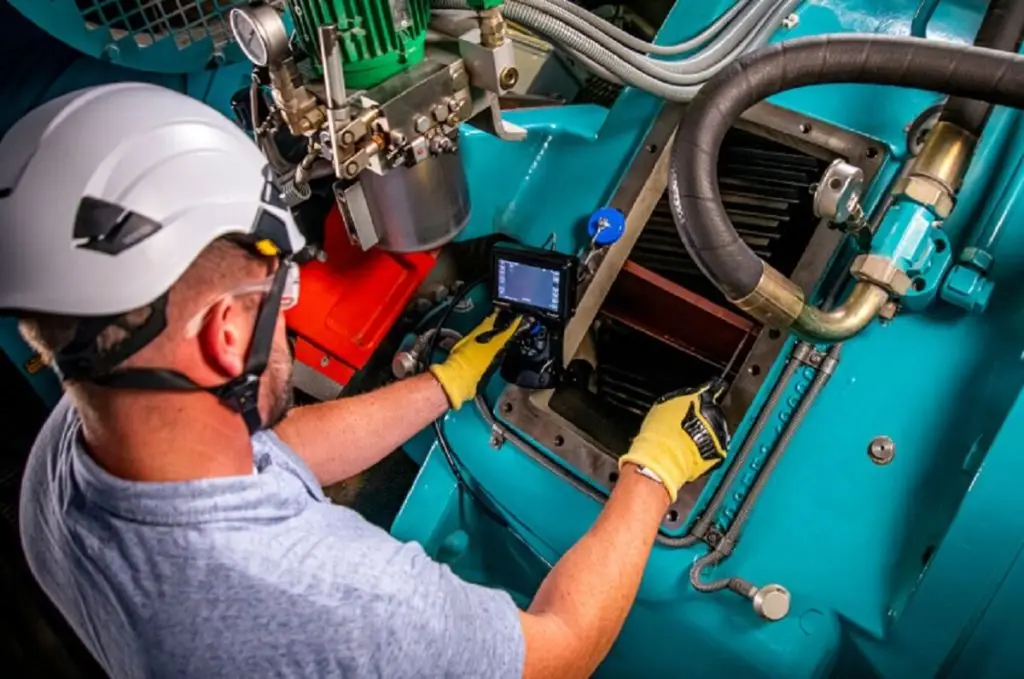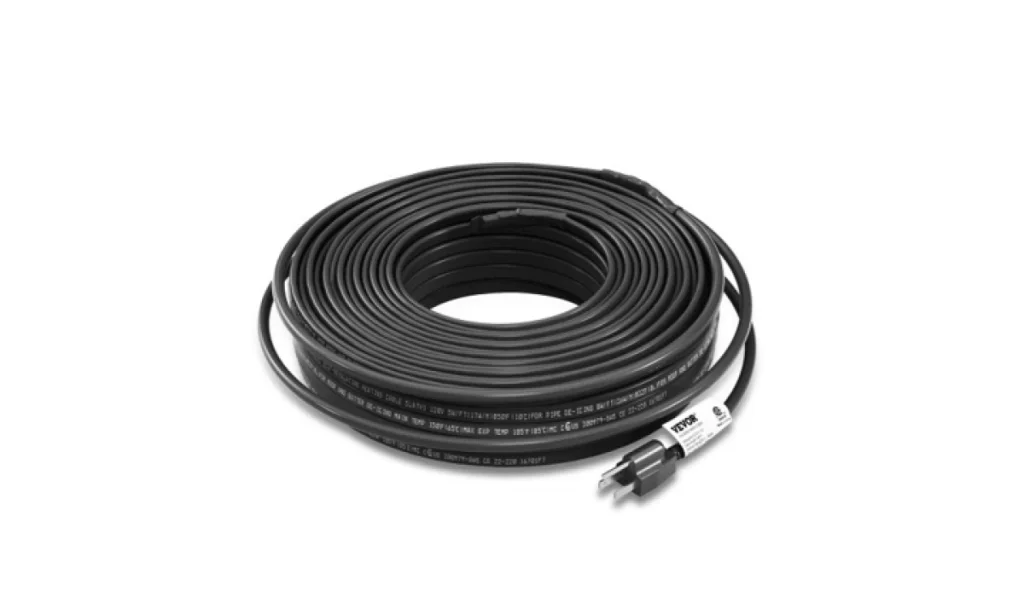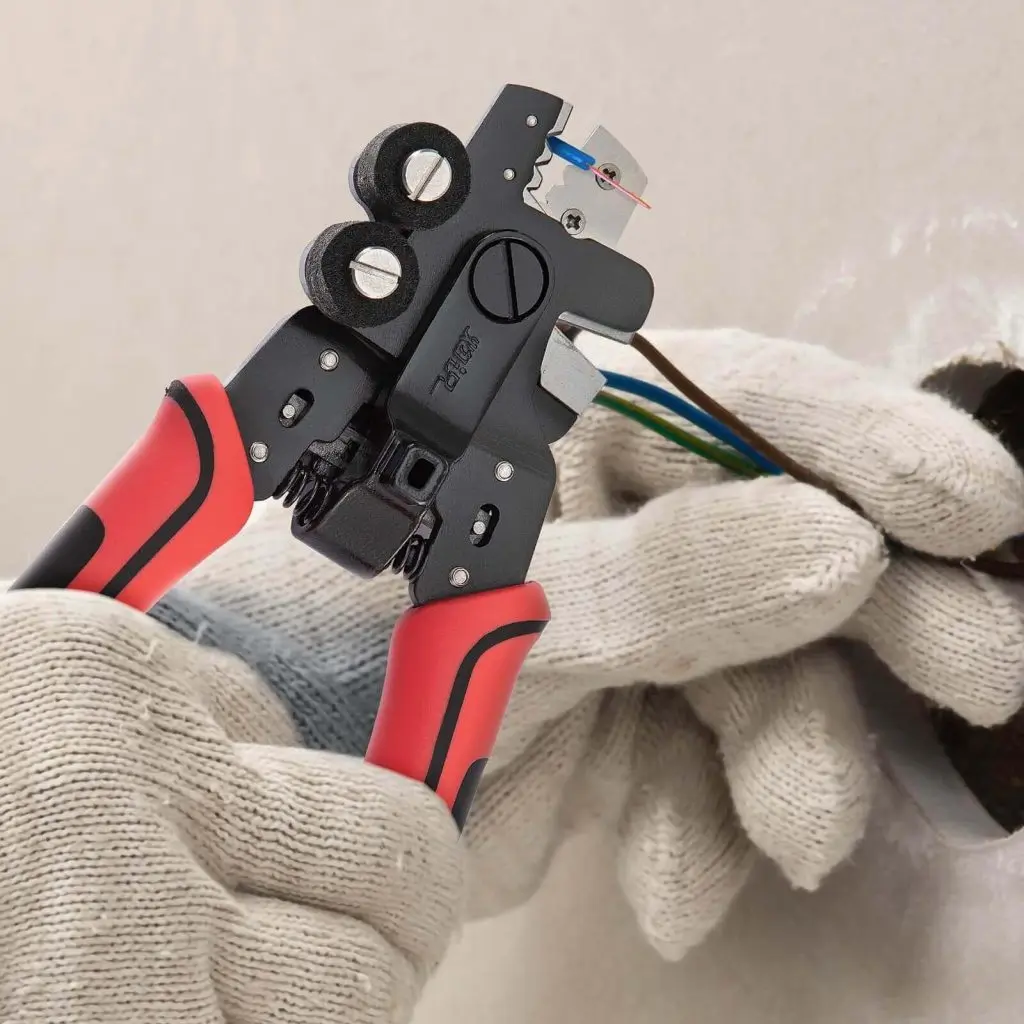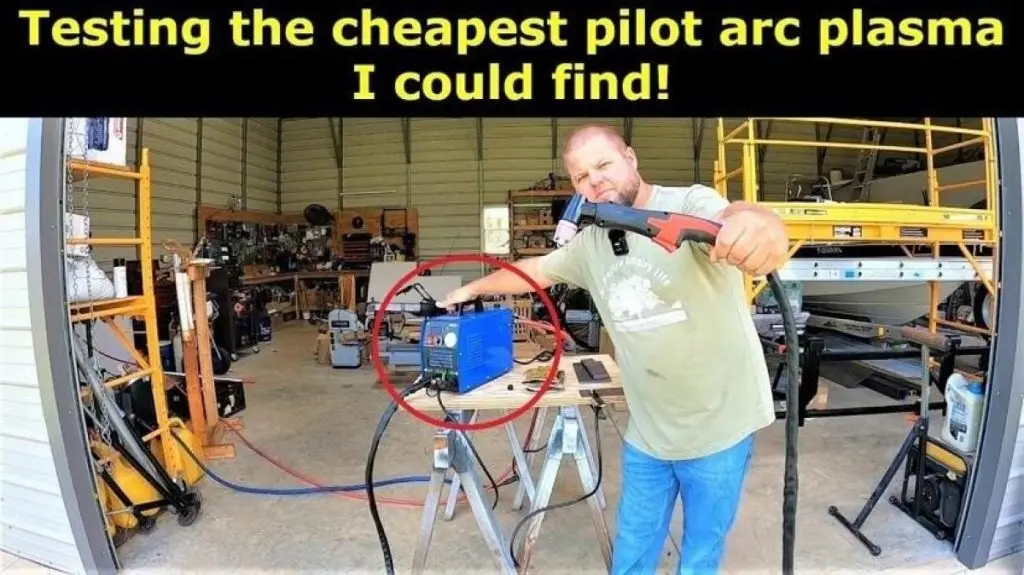Borescopes are used to examine hard-to-reach places, like the interior of a car, pipes leading to the roof, or inside heavy machinery. These tools are invaluable in the automotive, plumbing, and aviation industries, where professionals can use them to maintain equipment and identify defects.
If you are considering investing in a borescope, one of the brands you should consider buying from is VEVOR. VEVOR is a leading manufacturer of industrial tools including borescopes. With the brand’s motto of “Half Price, Tough Tools,” VEVOR offers some of the best borescopes at the most affordable price.
This article will explore borescope meaning, the different kinds of borescopes, and how to choose the best one.
Table of contents
What is a Borescope?
In this section, we look into the definition of a borescope, and talk about the most important things you should know about a borescope:
Borescope Meaning and Definition
A borescope is an optical inspection tool that can view and assess areas people find difficult to see directly. It has a tube — which could be flexible or rigid, with an eyepiece on one end and a lens or camera on the other.
The tool looks like this:
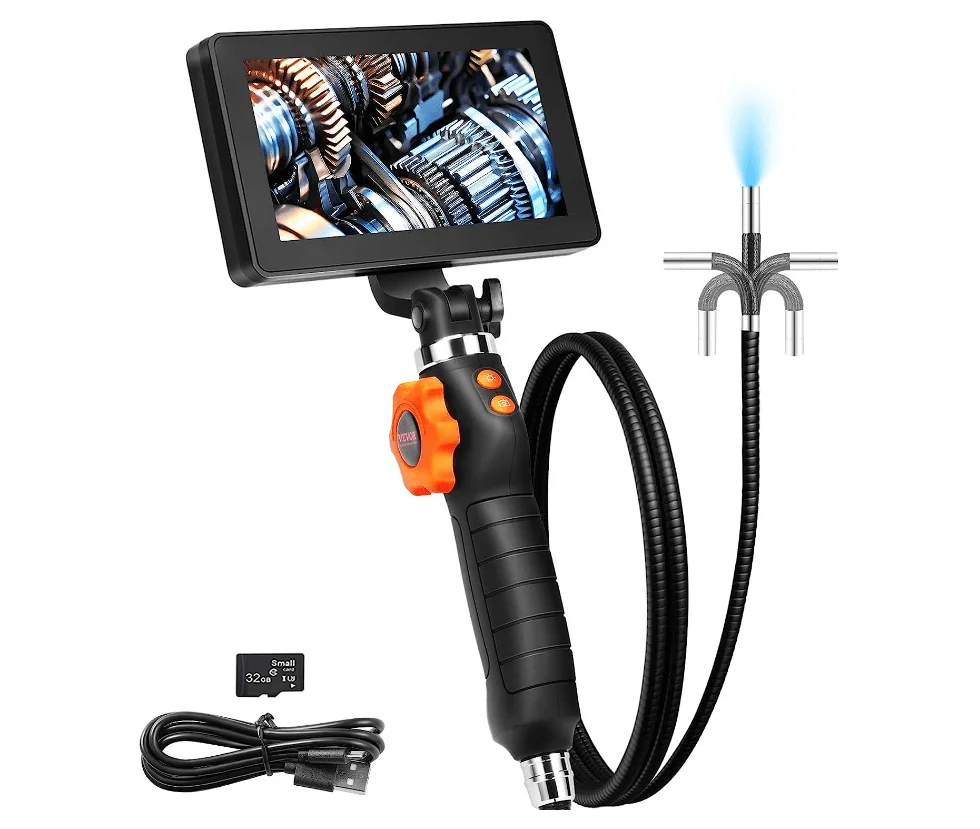
Borescope lets users look inside narrow passages or confined spaces without dismantling or opening the machine or structure up.
This tool comes with an optical lens, a light source (usually LED), and a visual display or camera. Some advanced models, like the ones from VEVOR, have articulating probes that can bend and maneuver in different directions to expand the field of view. Some borescopes have fiber optics, and others use digital sensors to capture images, which are then displayed on a monitor or display screen.
History and Evolution of Borescopes
Borescopes were first used in the early 20th century for industrial and military applications. At the time, they were just basic rigid tubes with optical lenses. These early models were primarily used to inspect car engines, pipelines, and other machinery the human eye could not reach.
The technology advanced in the 1960s when fiber optics were developed. Fiber optic borescopes are more flexible, easily maneuvered, and have better image quality. This innovation made it possible for other fields, like aviation, medicine, and plumbing, to use borescopes.
Now, there are even better borescopes with miniature cameras, high-definition imaging, and wireless capabilities that make them more versatile and user-friendly.
How Does a Borescope Work?
A borescope transmits visual information to a display device from its camera or lens. The optical system has a series of lenses or fiber optic cables that capture and direct light from the inspection area to the user’s eye or screen.
A camera at the top of the borescope captures images or videos that are then displayed on the user’s screen or monitor. It has a light source that illuminates the inspected area, so the user can see what they’re inspecting well, even in the dark. In other words, you could define borescopes as illuminators and transmitters.
You may ask ‘’What is a borescope used for?” especially if you’re a DIY enthusiast who would rather fix things yourself. With this tool, you can inspect your engines, pipes, and other hidden components in cars, machines, and even old recorders. Borescopes can help you identify defects, corrosion, blockages — basically anything you may have missed while troubleshooting. They’re also used in medical endoscopy to view internal organs.
Different Types of Borescopes
There are different kinds of borescopes, suitable for different tasks. Each type is designed to cater to various inspection needs and may have particular features and capabilities. They include:
Rigid vs. Flexible Borescopes
Rigid borescopes have solid, inflexible tubes. They are mostly used when the path is straight and accessible. They provide high-quality images and are used mainly in industrial applications to inspect pipes and castings. They’re generally more durable and affordable because of their rigid design.
Flexible borescopes, on the other hand, can navigate through narrow pathways and around corners. They have flexible pipes that can maneuver during complex inspections, like examining aircraft engines and pipelines with bends. They’re more expensive, and the image quality may not be as good as rigid borescopes.
Video Borescopes and Fiber Optic Borescopes
Video borescopes offer advanced inspection technology. They have miniature cameras at their tip to capture high-resolution images or videos that are then displayed on a monitor in real-time. This allows for superior image quality compared to rigid and flexible borescopes and more detailed analysis. Video borescopes are commonly used in situations that need high-definition visuals, like detailed inspections in the aerospace industry.
Fiber optic borescopes are also known as fiberscopes. They use bundles of optical fibers to transmit light and images from the inspection area back to the viewer. Fiberscopes are especially useful in medical applications, like endoscopies, and in environments where high temperatures could damage electronic components— fiberscopes are resistant to high temperatures, chemicals, and vibrations. They have unparalleled flexibility and can access areas that most borescopes cannot, although they have lower-resolution images than video borescopes.
Portable and Wireless Borescopes
Portable and wireless borescopes are convenient for users who need to inspect in various locations. These devices are battery-operated and you can connect them to your smartphone, tablets, and other wireless displays. Users can view and record images and videos without the constraints of cables. They’re also portable, which makes them perfect for fieldwork or outdoor inspections.
Recommended For Your Project
What is a Borescope Used For?
Borescopes are used across various industries for different purposes, including:
Automotive Industry
Borescopes are used to inspect engine parts, cylinders, fuel injectors, and other components without dismantling the engine. Mechanics use them to diagnose issues like carbon buildup, wear and tear, or damage in the engine. This process saves time and labor costs since the engine is not dismantled unnecessarily.
Aviation and Aerospace
Engineers use borescopes to inspect aircraft engines and turbines. Routine inspections are important in aviation to prevent potential malfunctions. Borescopes help engineers examine the engine blades, combustion chambers, and other areas for cracks, corrosion, or foreign object damage.
Plumbing and HVAC
Borescopes are used in plumbing and HVAC (Heating, Ventilation, and Air Conditioning) to diagnose issues in pipes, ducts, and other confined spaces. Plumbers use borescopes to check for blockages, leaks, and corrosion in pipes without extensive excavation or dismantling. HVAC technicians also use them to inspect air ducts and furnace systems for debris or wear.
Industrial and Manufacturing
Borescopes are used to inspect machinery and equipment for quality control and maintenance. They can check for defects in welds, cracks in castings, or corrosion in metal structures that could compromise safety or operational efficiency. In manufacturing, quality assurance teams can perform non-destructive testing (NDT) with borescopes to ensure that the products meet the quality and safety standards before leaving the factory.
Choosing the Best Borescope: Key Factors to Consider
When selecting a borescope, you should prioritize the ones that meet your needs. You should consider these factors before buying:
Resolution and Image Quality
Image quality directly affects your ability to inspect those hard-to-reach areas accurately. A borescope with a high-resolution camera will give you clear and detailed images to identify the damage in your pipes and engines. Borescopes with poor image quality can cause you to misdiagnose or even miss the issue, which would eventually cause costly repairs. Prioritize high-resolution cameras, preferably HD, for crisp and clear visuals.
Length and Diameter of the Insertion Tube
The insertion tube’s length and diameter determine where and how the borescope can be used. You need a longer tube to inspect deeper or hard-to-reach areas, and the diameter must be small enough to fit through narrow openings without causing damage. A borescope with a thin diameter is ideal for inspecting fuel injectors or small mechanical parts, while you’ll need a longer tune to inspect pipes. Your choice depends on the specific tasks you need the borescope for.
Durability and Build Quality
Choose a durable borescope, especially if you work in industrial or mechanical environments where it can be exposed to harsh conditions and chemicals. To avoid wear and tear, go for borescopes with good build quality, preferably one made from materials like stainless steel or reinforced plastic.
Additional Features to Look For
Consider other features that can improve usability, like LED lighting for better visibility in dark spaces. You should also prioritize camera articulation, which allows the camera head to bend and pivot around corners. Wi-Fi connectivity and video recordings are also valuable features for documenting your inspections and sharing findings remotely.
Why VEVOR Borescope Cameras Stand Out
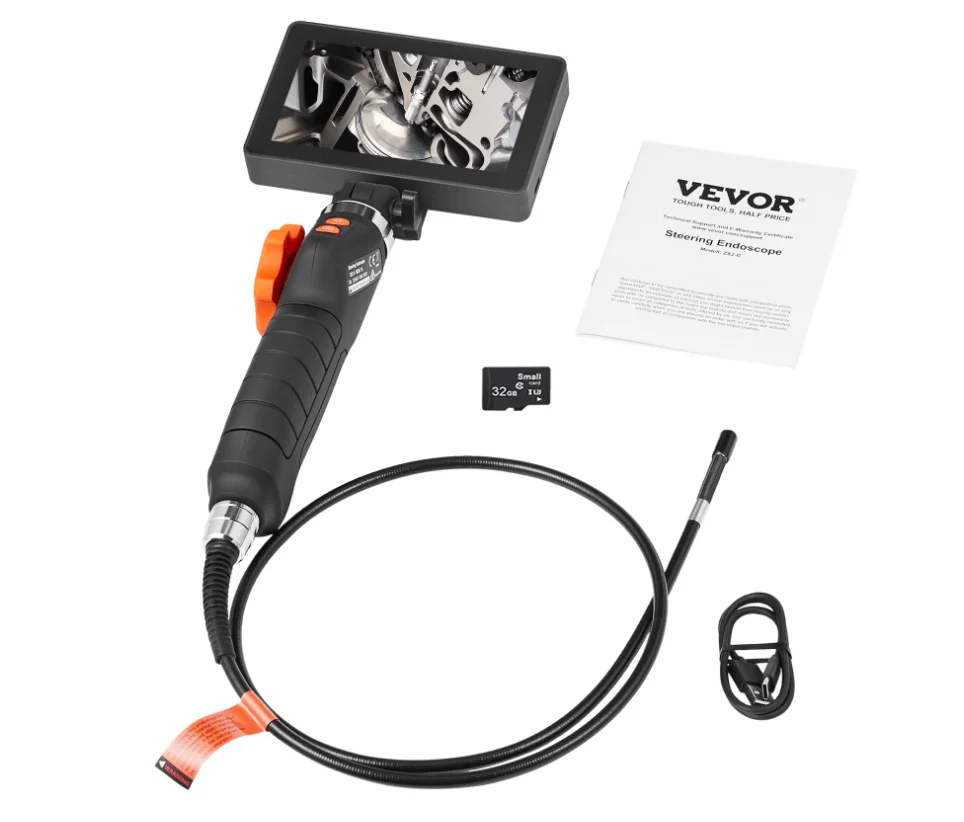
Choosing the right borescope can be tricky, especially with several options in the market. However, VEVOR borescope cameras consistently stand out, thanks to their blend of advanced technology, affordability, and ease of use. Here’s why we recommend VEVOR borescopes:
Cutting-Edge Technology and Features
VEVOR borescope cameras have high-resolution cameras with crisp and clear images that help identify even the smallest defects or issues. The camera has 8 lights, with 3 adjustable brightness levels to brighten darker areas. It also has high-temperature protection—the camera will trigger a buzzer alarm if the lens temperature passes 85°C.
We particularly love the camera articulation, which we believe is an important feature in any borescope. The VEVOR borescope has a two-way 180° articulation. This means your borescope can move from side to side, allowing you to examine different angles better.
Affordability and Value for Money
VEVOR is generally known for its cost-effective products. The VEVOR articulating borescope camera with light is an excellent choice for someone who wants quality but at an affordable price. VEVOR ensures that each product delivers outstanding value to customers. While its products are affordable, VEVOR doesn’t compromise on quality.
Customer Reviews and Testimonials
VEVOR borescope cameras have hundreds of positive reviews and testimonials from satisfied customers. Many users praise the exceptional image quality the borescope provides. They’ve also commented that its user-friendly design makes it easy for a non-technical person to use it.
Here is a review from Thrawn, a satisfied customer:
“The best cheap borescope on the market. I needed a small headed borescope to check the cylinders on my diesel and while I couldn’t get past the injector cups, I was able to articulate just enough to see down in the cylinder. Picture is clear, the video and picture works great, lights are almost too bright at times, but luckily they can be turned down Absolutely love it.’’
Conclusion
You must consider several factors, like the resolution, insertion tube specifications, and durability when selecting the best borescope. We recommend VEVOR borescopes for their high-resolution imaging and camera articulation. With VEVOR, you can get the best at an affordable price, giving you value for your money. Visit the VEVOR website now to explore their collection of borescopes.

